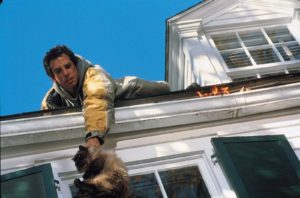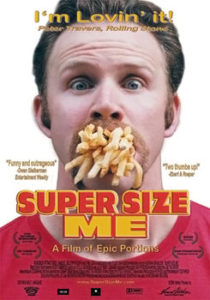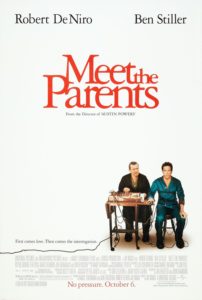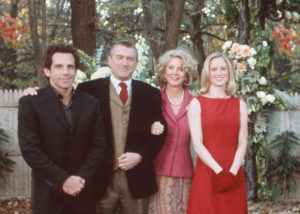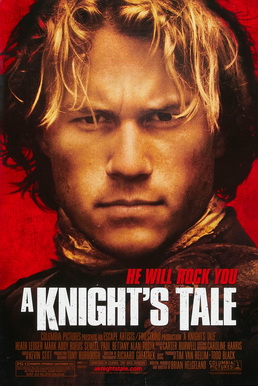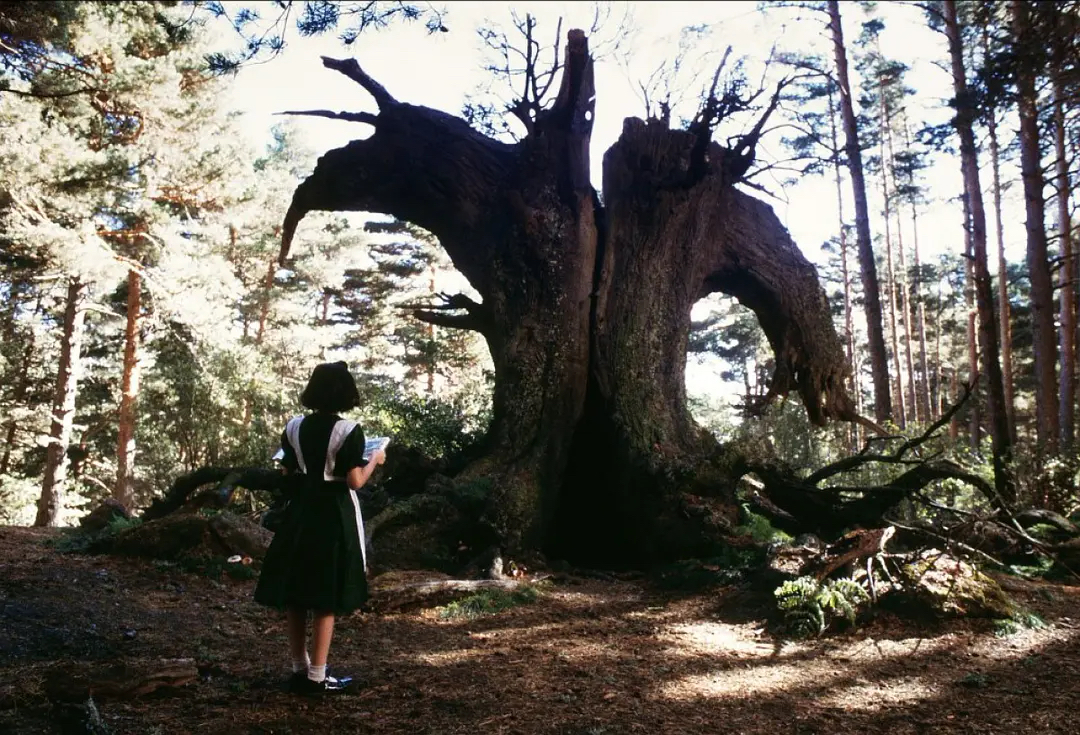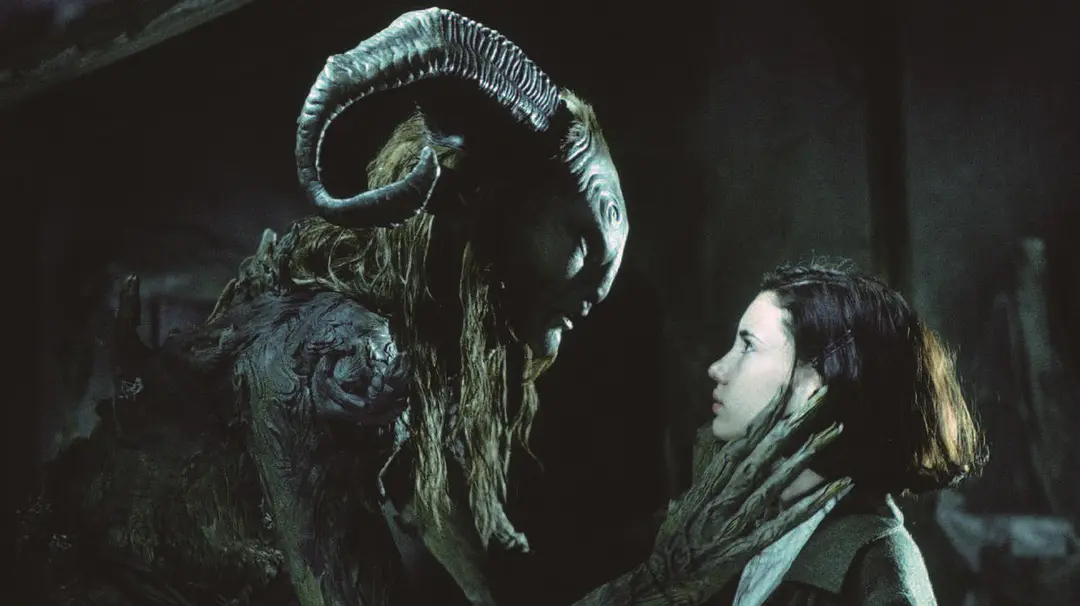 Pan Whispering To Ophelia
Pan Whispering To OpheliaIn the Pan’s Labyrinth, a lot of dark matters emerge, for instance the creatures that we don’t see in our lives which we call monsters, the herb that can cure anything, the elf that guides Ophelia. But one the other storyline, the soldiers fighting each other, its color is brighter than the trials given by Pan to Ophelia. And the costumes and the film props are normal, people wear soldier costumes and take pistols just like in real life. This movie is a horror movie, so the horror scenes, the frightening creatures, the setting beyond the imagination is the typical of this movie. Doug Jones has played villains and monsters in many movies.
The book suggests performances through the concept of gesturality. “Traditions of performance, then, have national as well as individual resonances and need to be borne in mind when analysing a star’s performative style.”(Cinema Studies, Hayward 183). The Pan’ Labyrinth performance is exaggerated because the movie has to display the cruelty of the civil war and the danger of Ophelia’s adventures. Which stands out is the performance of the Pan, the mystery god from the underworld. The expression and movement of Pan is so real to the audience because it is not special effect but real man in a real suit. One specific detail is that when Ophelia broke the rule and chose not to give out her brother’s blood. Pan seemed disappointed but relieved. The star performance given by Doug Jones really put it together, he displayed a gentle monster. He is a outstanding monster player. He is also the player of the water monster in Guillermo’s another movie The Shape Of Water. A real master of action acting since monsters usually don’t have dialogues.
Pan’s Labyrinth is a horror movie. It’s typical for horror movies to set dark depressing environment. Going back to the two sets of storylines, the scenes in this film are very dark indeed, not just the normal civil war storyline or the fantastic adventure storyline. The director used dark scenes to heighten the depressing atmosphere of the whole film. It’s like a harbinger of the movie’s sad ending. I think what’s unusual about this movie is that there are no reversals, and usually movies have all kinds of reversals, like sadness to joy or vice versa. The film doesn’t give the audience that element, and the dark scenes are used all the way to the end, as if Ophelia’s fate is doomed and will not change. Cinematography of this movie sets the tone of the movie. For instance in the Pan’s Labyrinth, the dark scenes has already told the audience that this movie will be a tragic.

